Index
Abstact…………………………………………………………………1
- Introduction…………………………………………………………2
- Sites and method……………………………………………………4
2.1 Sites…………………………………………………………………………………4
2.2 Method……………………………………………………………………………4
2.2.1 AERONET……………………………………………………………………4
2.2.2 MODIS………………………………………………………………………5
3.Results and discussion………………………………………………5
3.1 Variation of AOD and AE……………………………………………………………5
3.2 Frequency distribution of AOD and AE…………………………………………………9
3.3 Relationship between AOD and PM2.5…………………………………………………10
3.4 Relationship between AOD and meteorology properties………………………………12
- Conclusion……………………………………………………………16
- Future work…………………………………………………………16
Reference………………………………………………………………16
Acknowledgement……………………………………………………18
Impact of meteorology on the columnar and surface aerosol properties in the Chinese YRD region
Liqun
Atmospheric physics institute, Nanjing University of Information Science and Technology, Nanjing 210044, China
Abstract
Aerosols played an important role in climate changes during recent years in China. More and more researches have focused on this topic, and several products have been generated to provide long-term monitoring of aerosol properties. Many researches in different areas in China have been done, and in this report, Yangtze River Delta (YRD) region in China is measured, during the period from January 2013 to December 2015. The Moderate Resolution Imaging Spectroradiometer (MODIS) and Aerosol Robotic Network (AERONET) Sunphotometer were used in this study. Nanjing, Hangzhou, Shanghai and Ningbo have been selected in this research as they are the major cities of YRD region which represent different environments. Variation of aerosol optical depth (here after called as AOD550), Ångström exponent (here after called as AE470-660) are mainly discussed, and meanwhile the relationship between AOD and AE, and AOD, AE with meteorology properties like relative humidity (here after called as RH), temperature, water vapor, and visibility is also discussed in this work. The data and analysis indicates that urban cities have higher value of AOD than rural background cities. High AOD was noticed in summer than other seasons. AOD usually has a negative relationship with AE, except in summer. Wind direction and speed were also derived in this research, in which may take aerosol from surrounding industrial areas and dust from north-west China, and affect the size of aerosol.
Keywords: MODIS, AERONET, AOD, AE, Meteorology, East China.
- Introduction
Atmospheric aerosols, consisting of a variety of solid and liquid particles suspended in the atmosphere, is an important component of the earth-ocean-atmosphere system. Aerosols are considered to affect the climate system through direct interactions with solar and terrestrial radiation (direct aerosol effect), and through their effects on the optical and microphysical properties and lifetime of clouds (indirect aerosol effect) (Charlson[1] et al., 1992). Aerosol life time can be just a few weeks or even shorter (Ramanathan[2] et al., 2001), and their sources are distributed very unevenly, so that the spatial and temporal distribution of aerosol is far from homogeneous (Haywood and Boucher[3], 2000). The biggest uncertainty in climate change, even by the best available models, is due to uncertainties in aerosol radiative forcing (IPCC[4], 2013). This uncertainty arises mainly because of our poor understanding on both aerosols temporal and spatial distributions and their associated properties. Detailed knowledge of long-term temporal changes of local, regional, and global aerosols is needed to improve our scientific understanding of their sources and sinks, and to provide evidence as a basis for policymakers. Aerosols also influence air quality and therefore, affect human health and reduce visibility (e.g., Deng[5] et al., 2012; Wang[6] et al., 2015; Cheng[7] et al., 2015; Yu[8] et al., 2016).
Characterization of the aerosols becomes an increasingly challenging task due to their spatio-temporal variability in terms of abundance, optical, physical, and chemical properties. This calls for highly resolved aerosol measurements in space and time over the globe. In this regard, a number of ground-based aerosols networks were established worldwide, procuring continuous datasets on a variety of aerosol parameters over land and even over oceans (e.g.,Aerosol Robotic Network (AERONET); Holben[9] et al., 1998). All those efforts might often suffer manpower and proper maintenance, which eventually result in gaps in the valuable database. The emerging capability of satellite remote sensing provides an unprecedented opportunity to advance the understanding of aerosol-air-quality-climate linkages. Operational remote sensing of aerosols from satellites provides an efficient means to achieve a global and temporal characterization of aerosols. Several algorithms using, for example, Advanced Very High Resolution Radiometer (AVHRR), Total Ozone Mapping Spectrometer (TOMS)/Ozone Monitoring Instrument (OMI), Moderate Resolution Imaging Spectroradiometer (MODIS), Multi-angle Imaging Spectroradiometer (MISR), and Sea-viewing Wide Field-of-view Sensor (SeaWiFS) on polar-orbiting satellites (Remer[10] et al., 2005; Kaufman[11] et al., 1997; Mishchenko[12] et al., 1999; Mishchenko and Geogdzhayev[13], 2007; Kahn[14] et al., 2009) have been developed to retrieve the global aerosol optical depth (AOD). However, a few studies have shown that uncertainties still exist in current satellite aerosol products attributable to the complex surface, cloud contamination, and aerosol models used in the retrieving process (e.g. Levy[15] et al., 2010).
In order to make the best use of satellite data and reduce the uncertainty of aerosol effects on regional and global climate, satellite measurements need to be validated using ground-based observations (Xiao[16] et al., 2009; He[17] et al., 2010). AOD values retrieved from different satellite sensors can be quite different due to the sensor characteristics and retrieval methods. Numerous comparison and validations of the two sensors (MODIS and MISR) with the AERONET have been performed. Except in some coastal zone, the MODIS AOD retrievals over land are within the retrieval error given by Δτα = ±0.05 ± 0.2τα (Chu[18] et al., 2002), where τα is the AOD. The differences in AOD between MODIS and AERONET can vary significantly with region and season over China (Qi[19] et al., 2013). When the AOD is small (0-0.5), MODIS retrievals are greater than AERONET, but are lower than AERONET when the AOD is large (0.5-1.0). Kahn[20] et al. (2010) found that most MISR AOD retrievals were within either 0.05, or 20% of the AOD, of the paired validation data from AERONET. Xiao et al. (2009) indicated that MISR AOD retrievals agreed well with ground-based observations for AOD lt; 0.5 but were systematically underestimated for AOD gt; 0.5 in China.
剩余内容已隐藏,请支付后下载全文,论文总字数:31916字
相关图片展示:
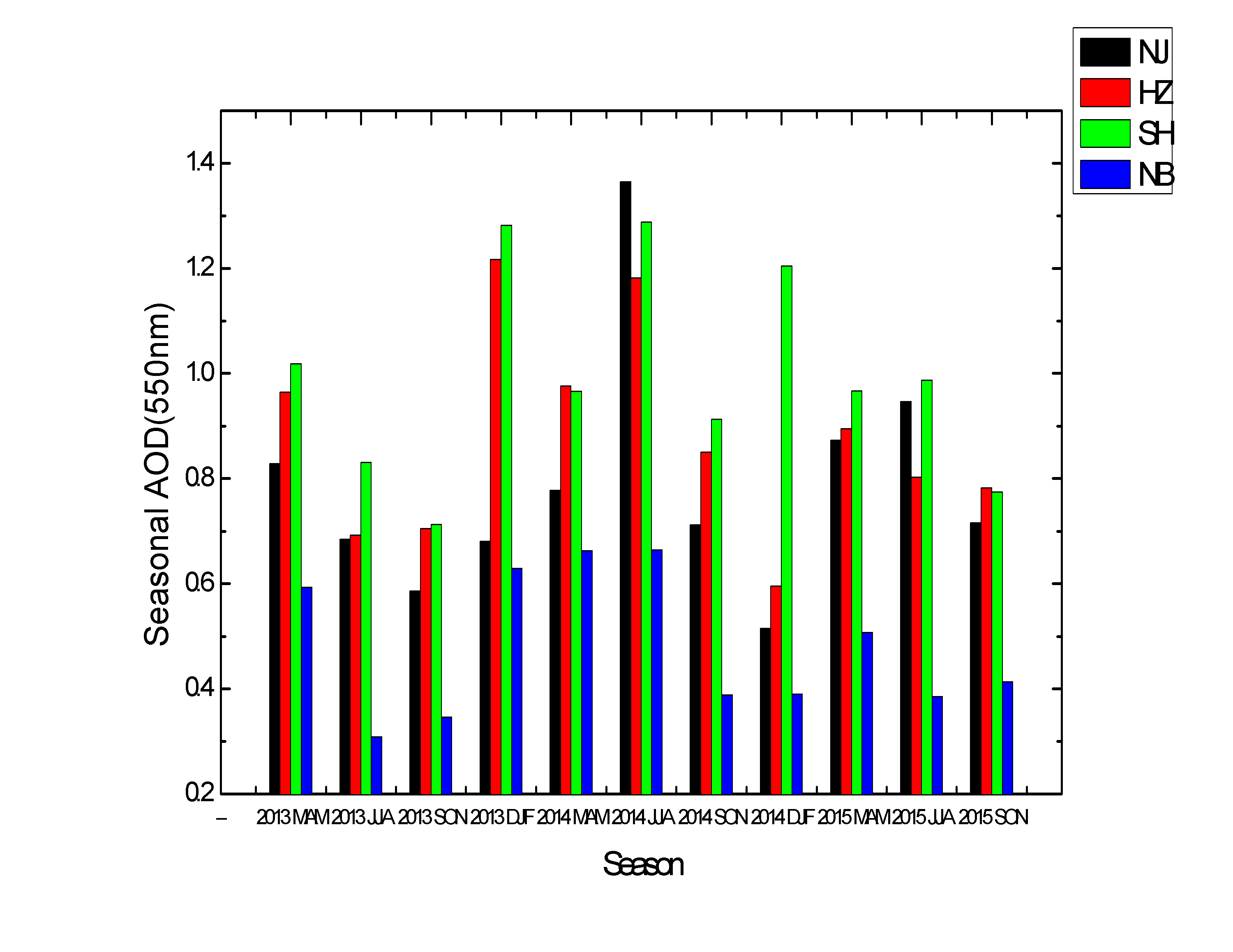
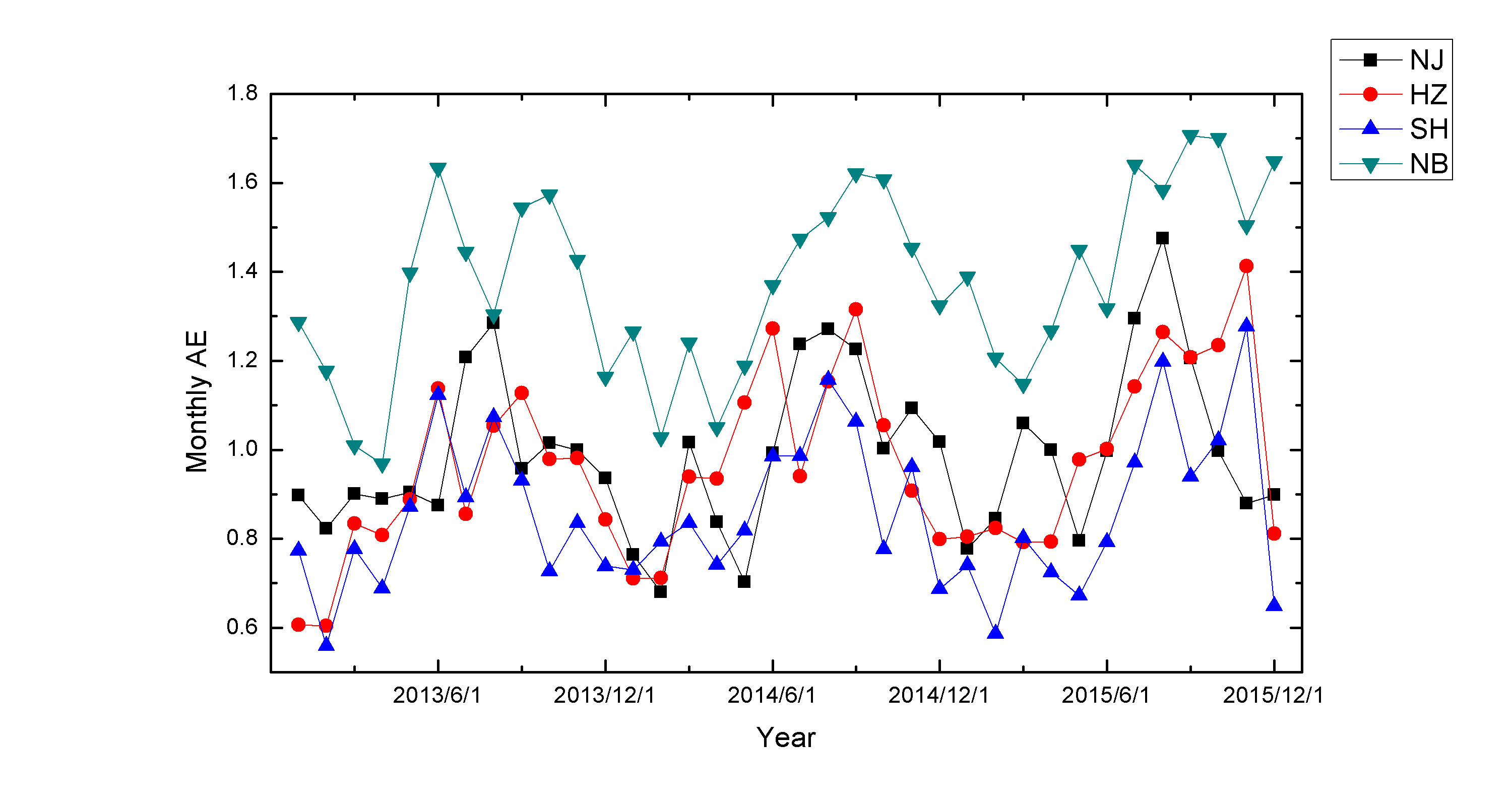
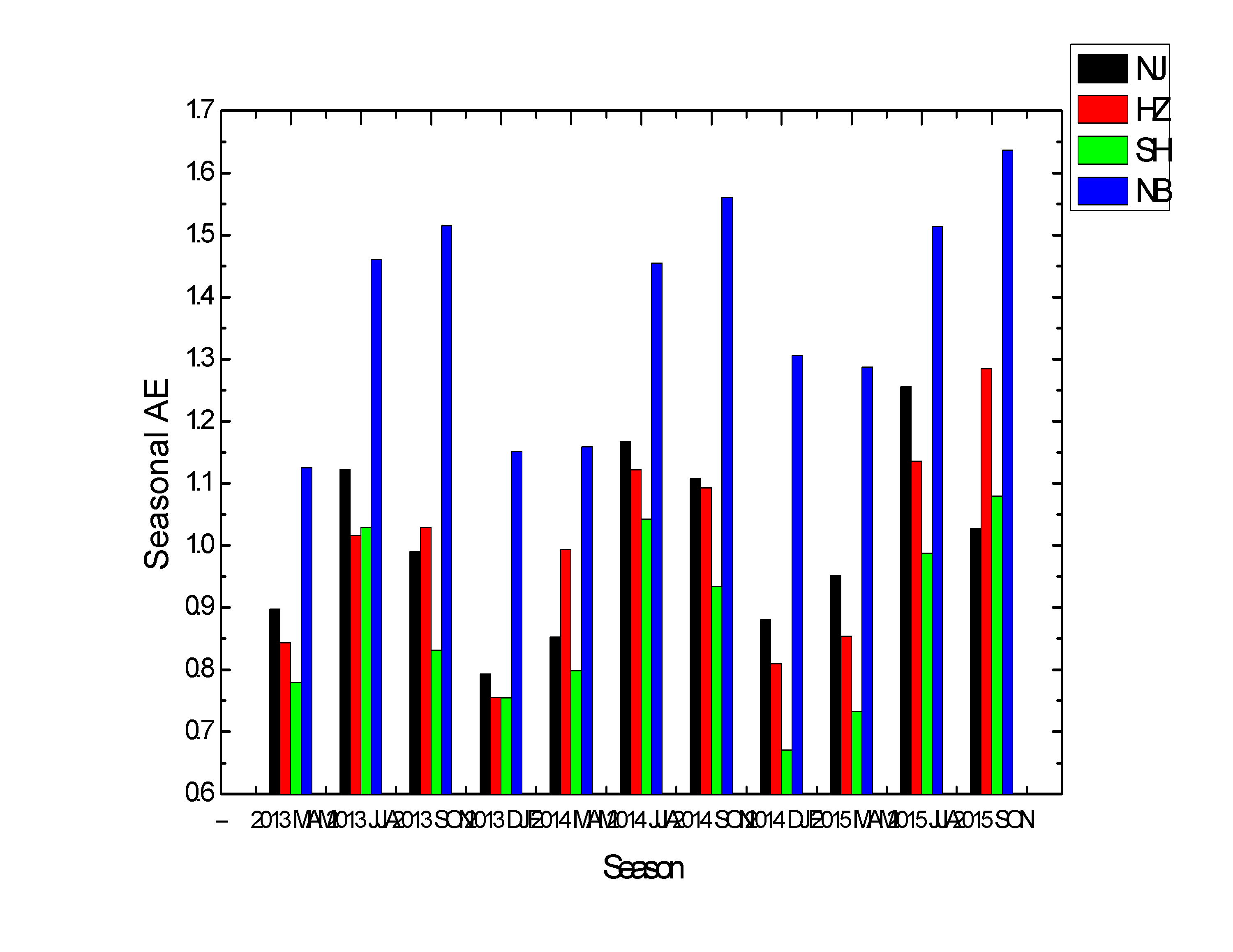
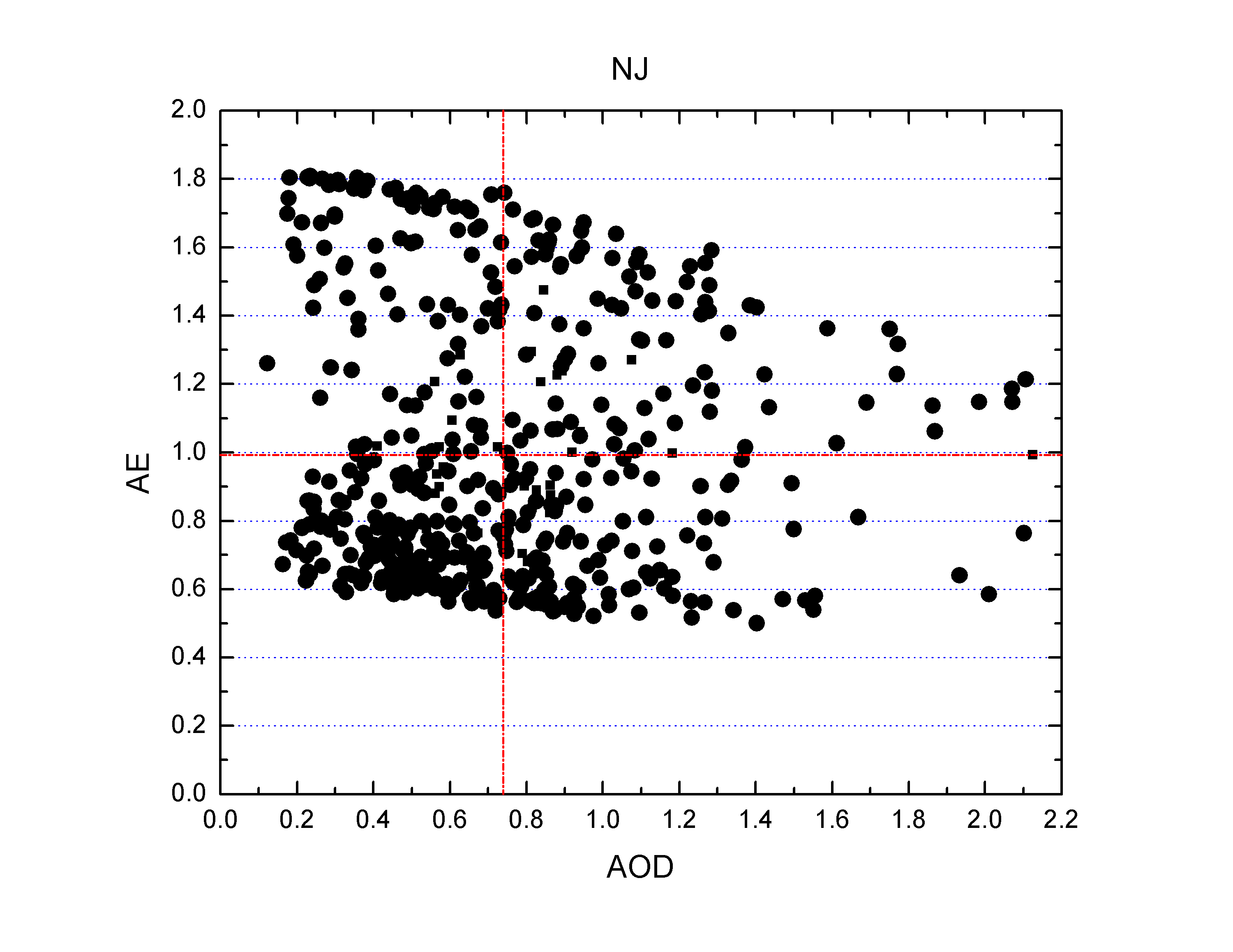
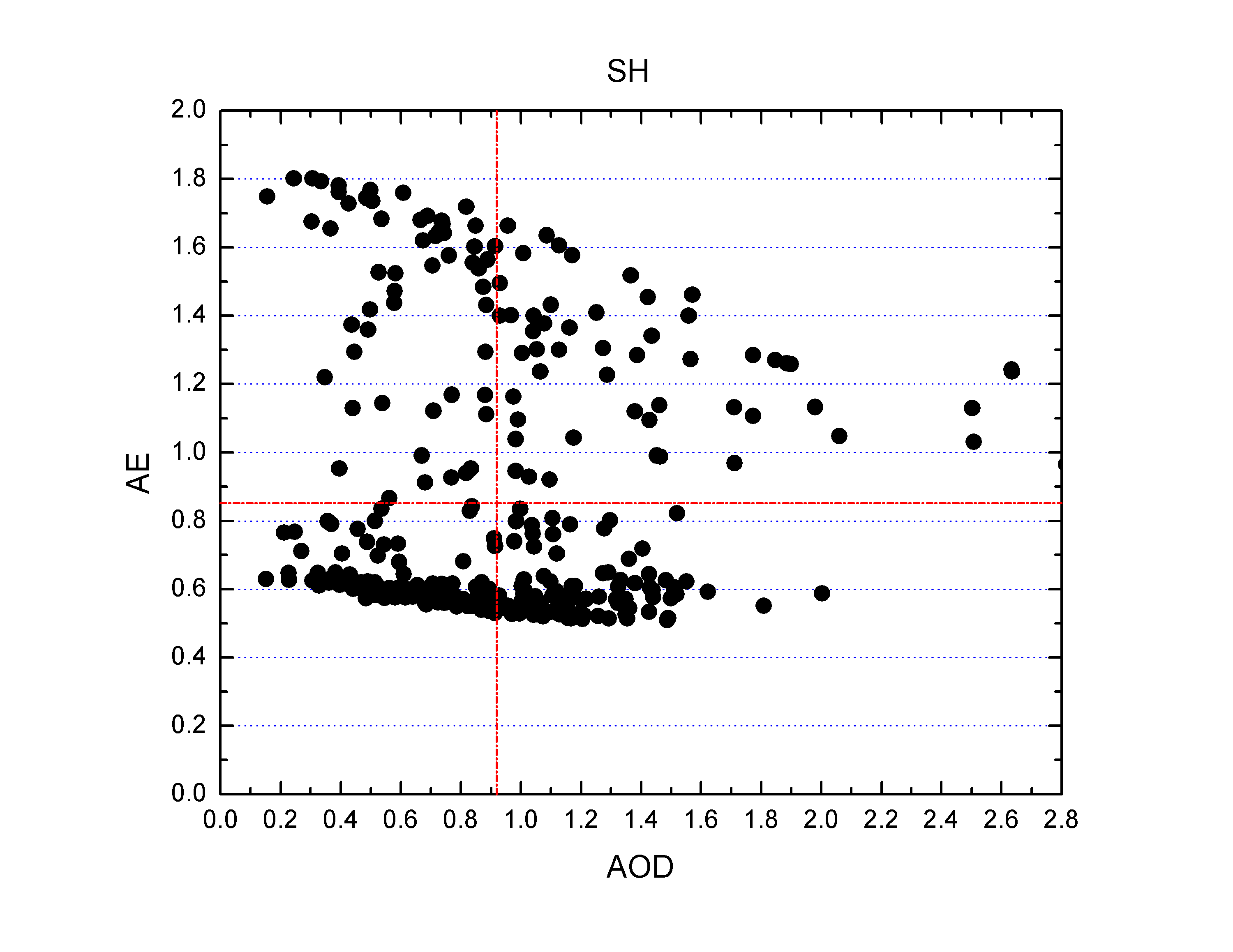
该课题毕业论文、开题报告、外文翻译、程序设计、图纸设计等资料可联系客服协助查找;


